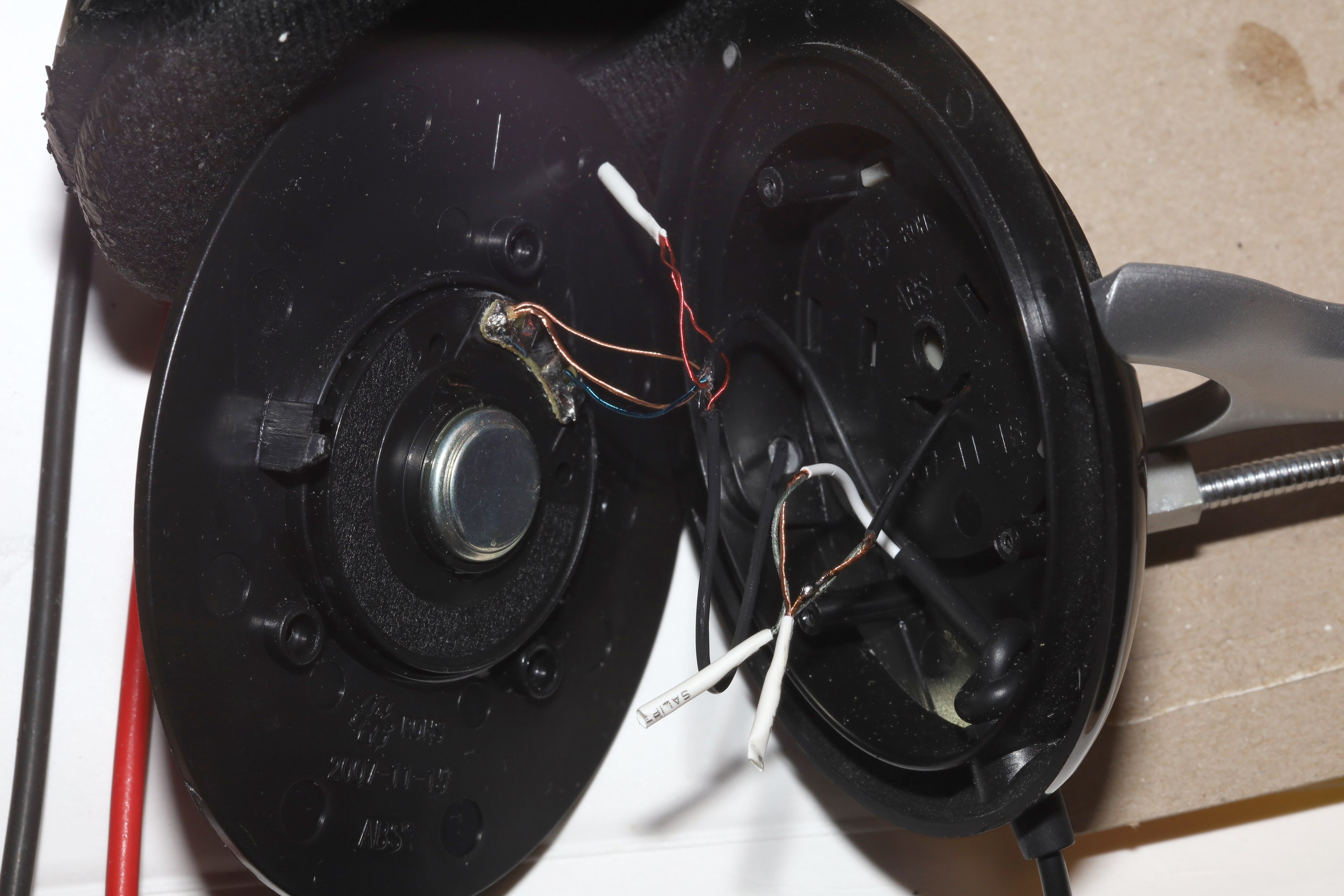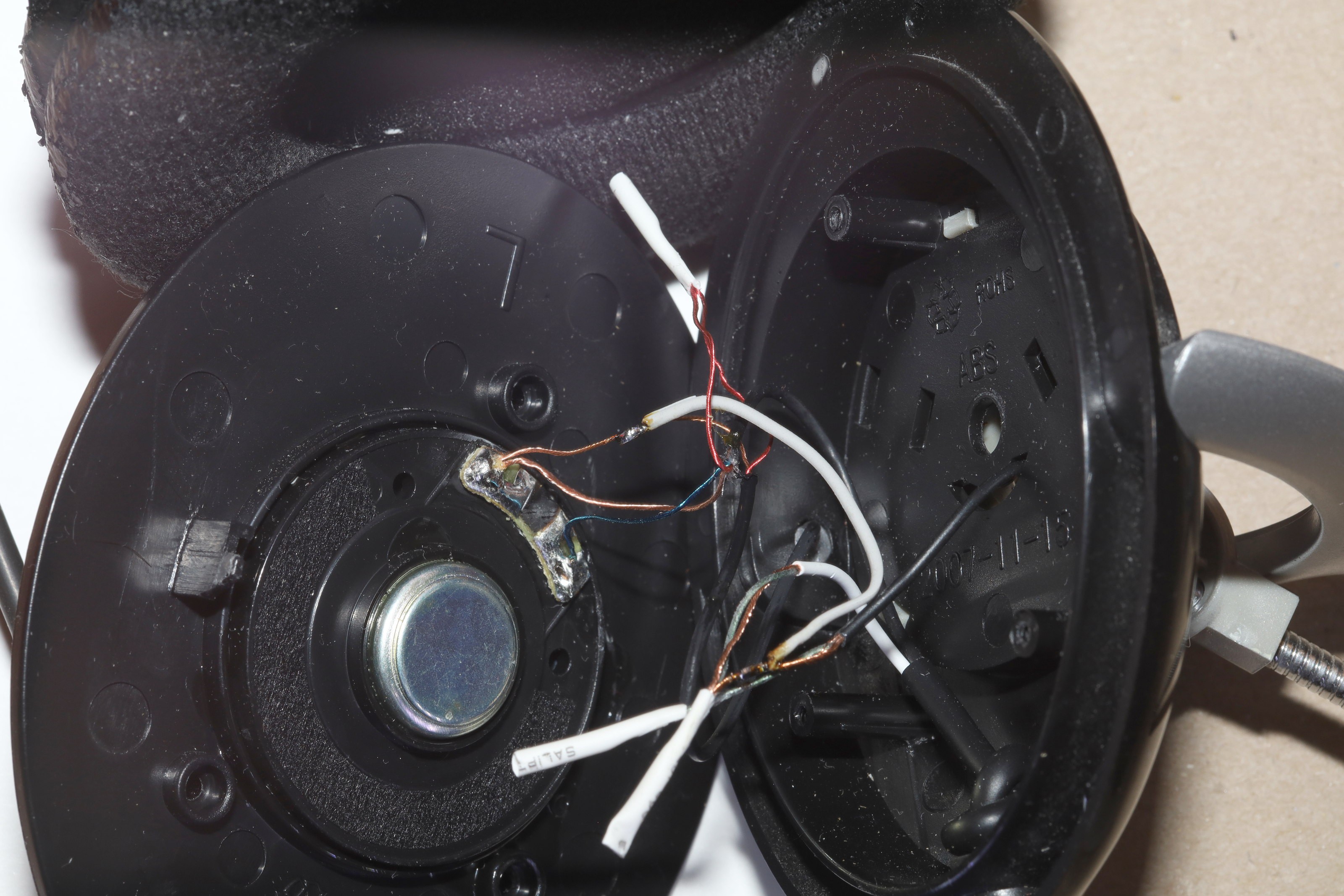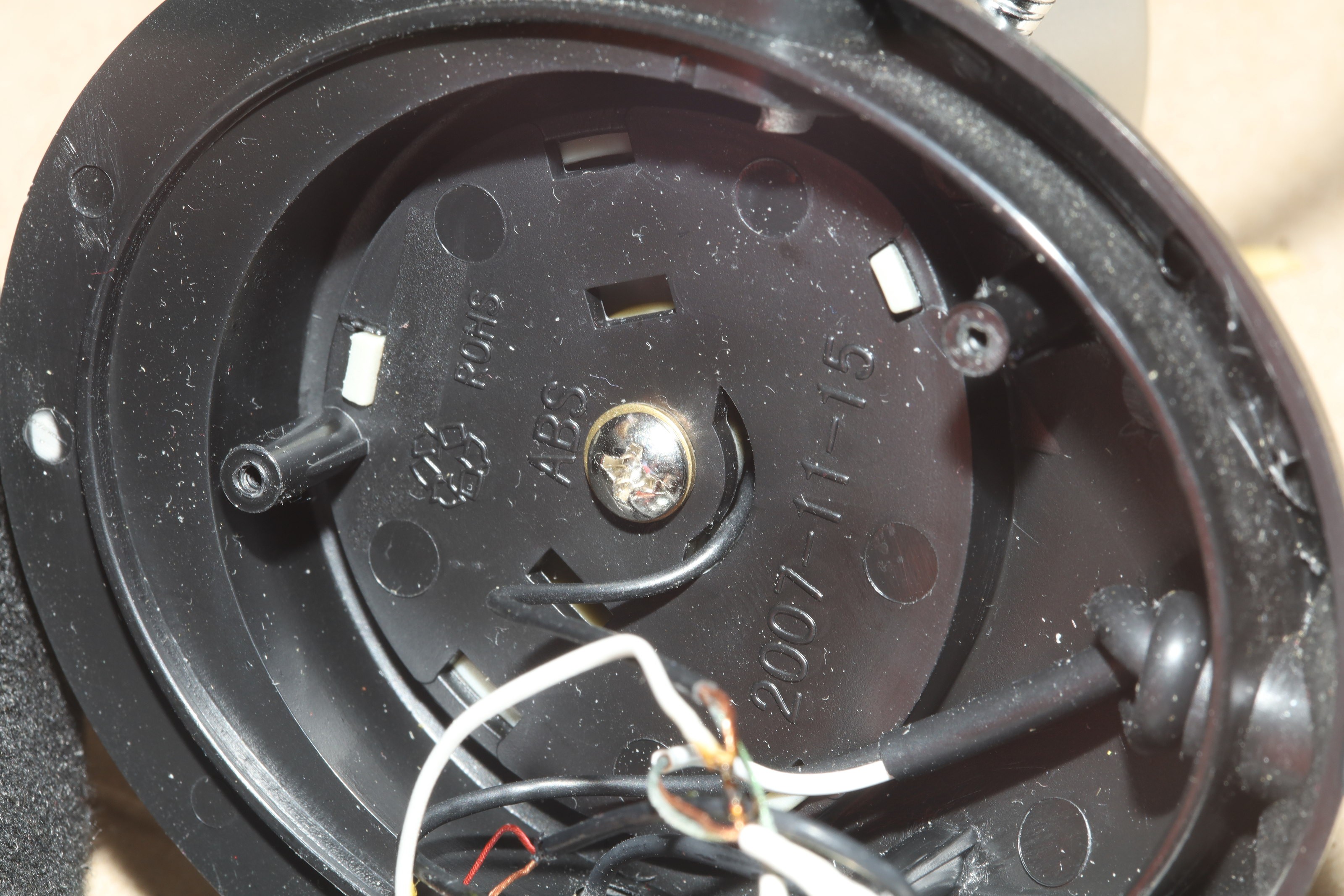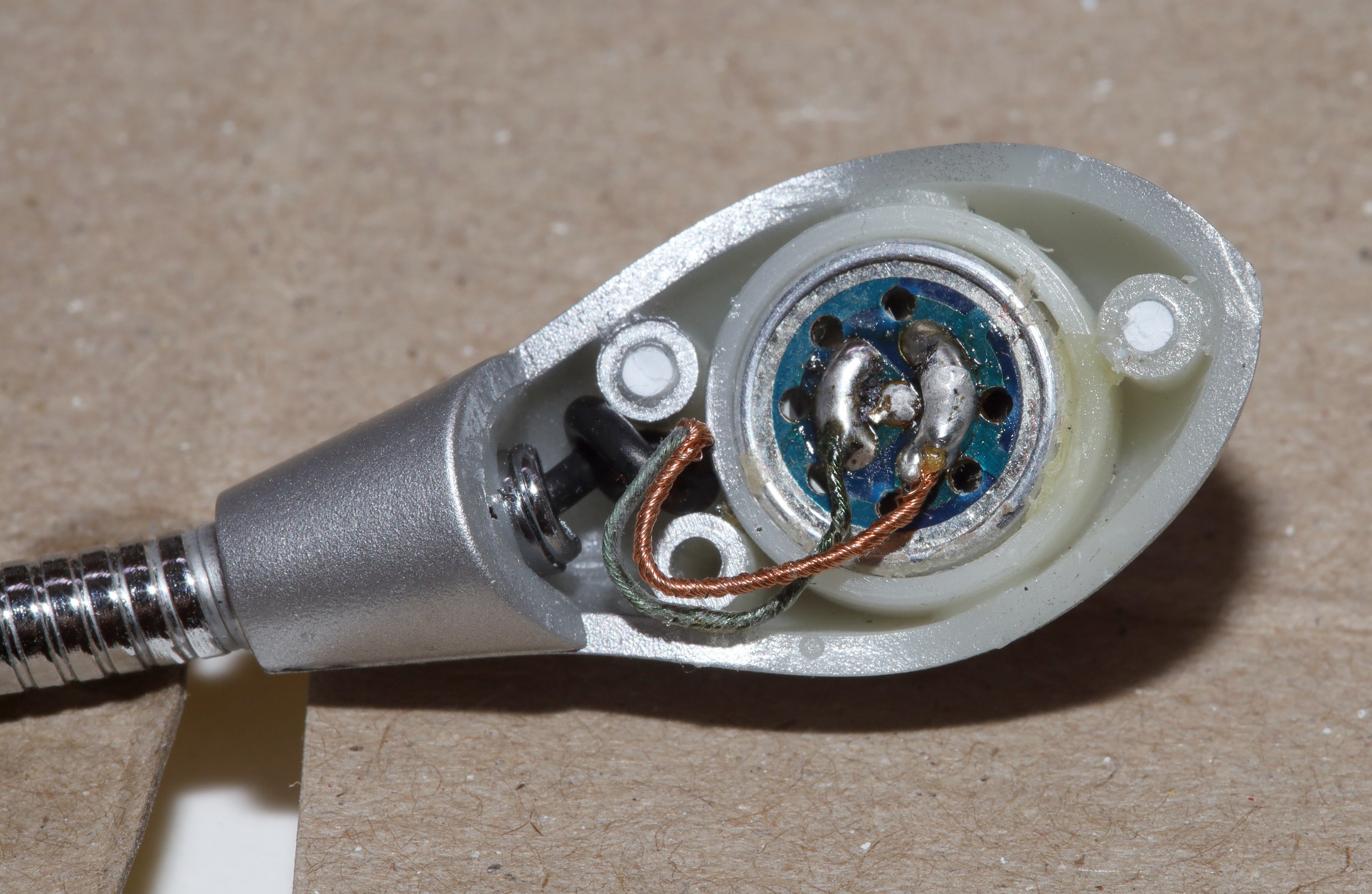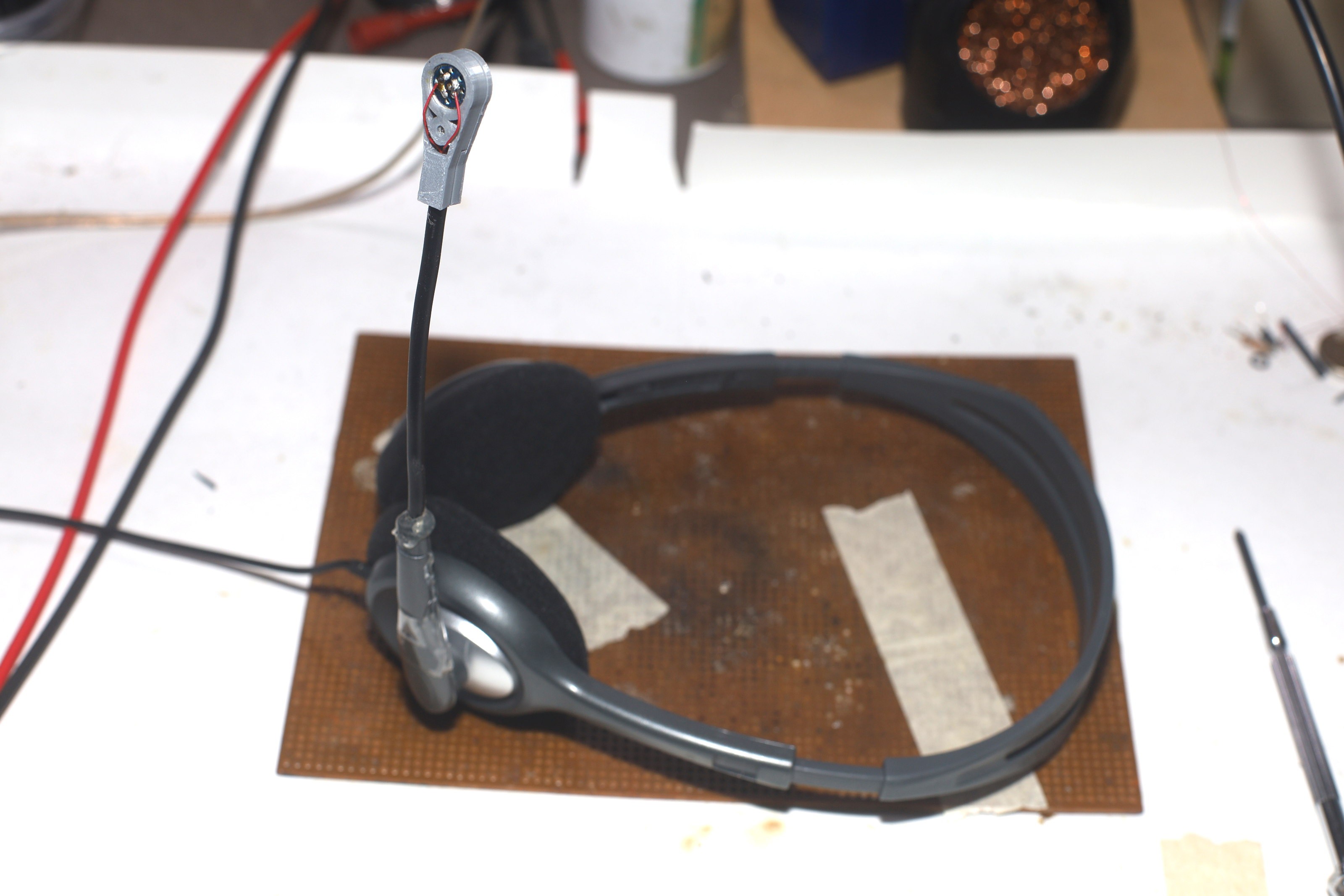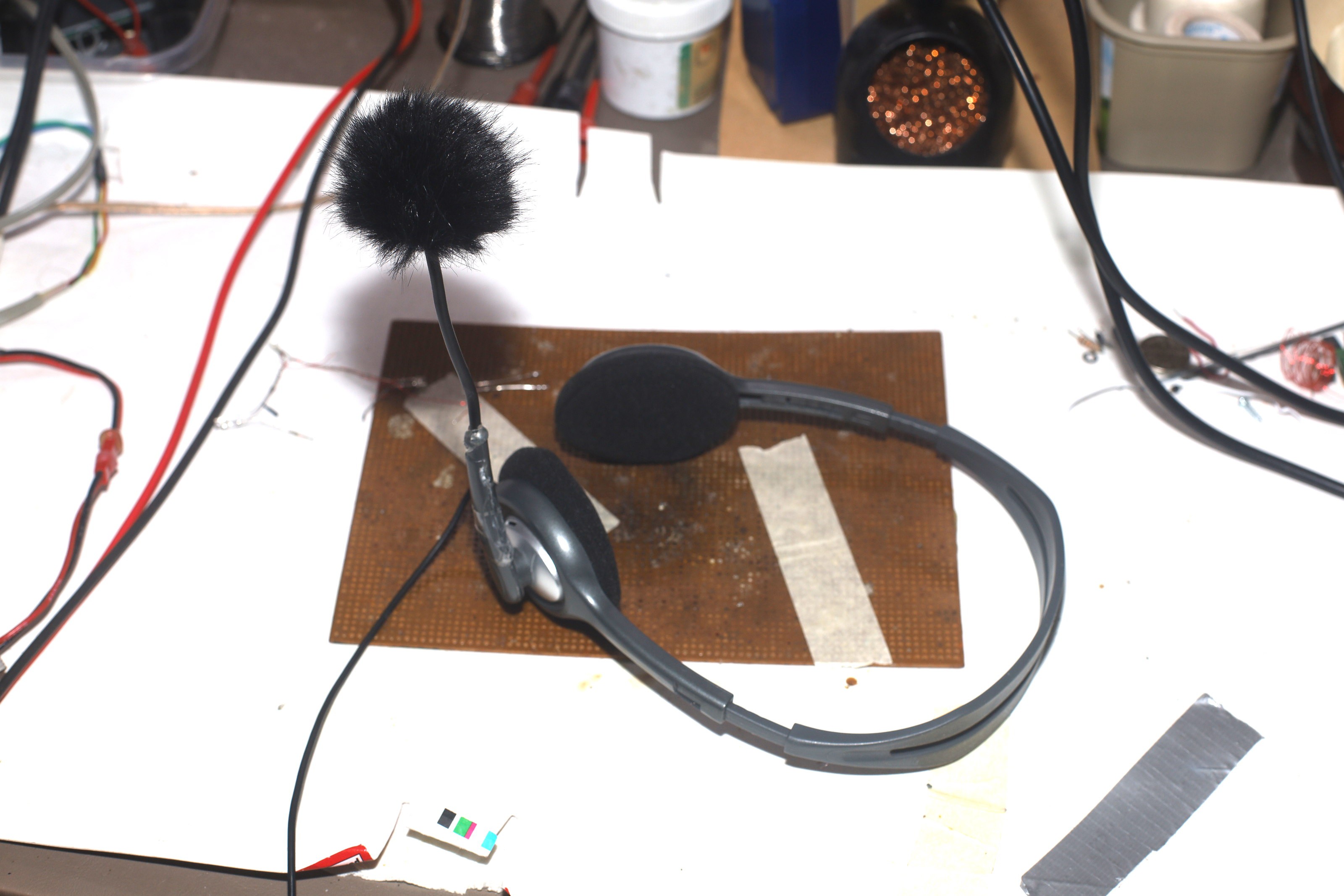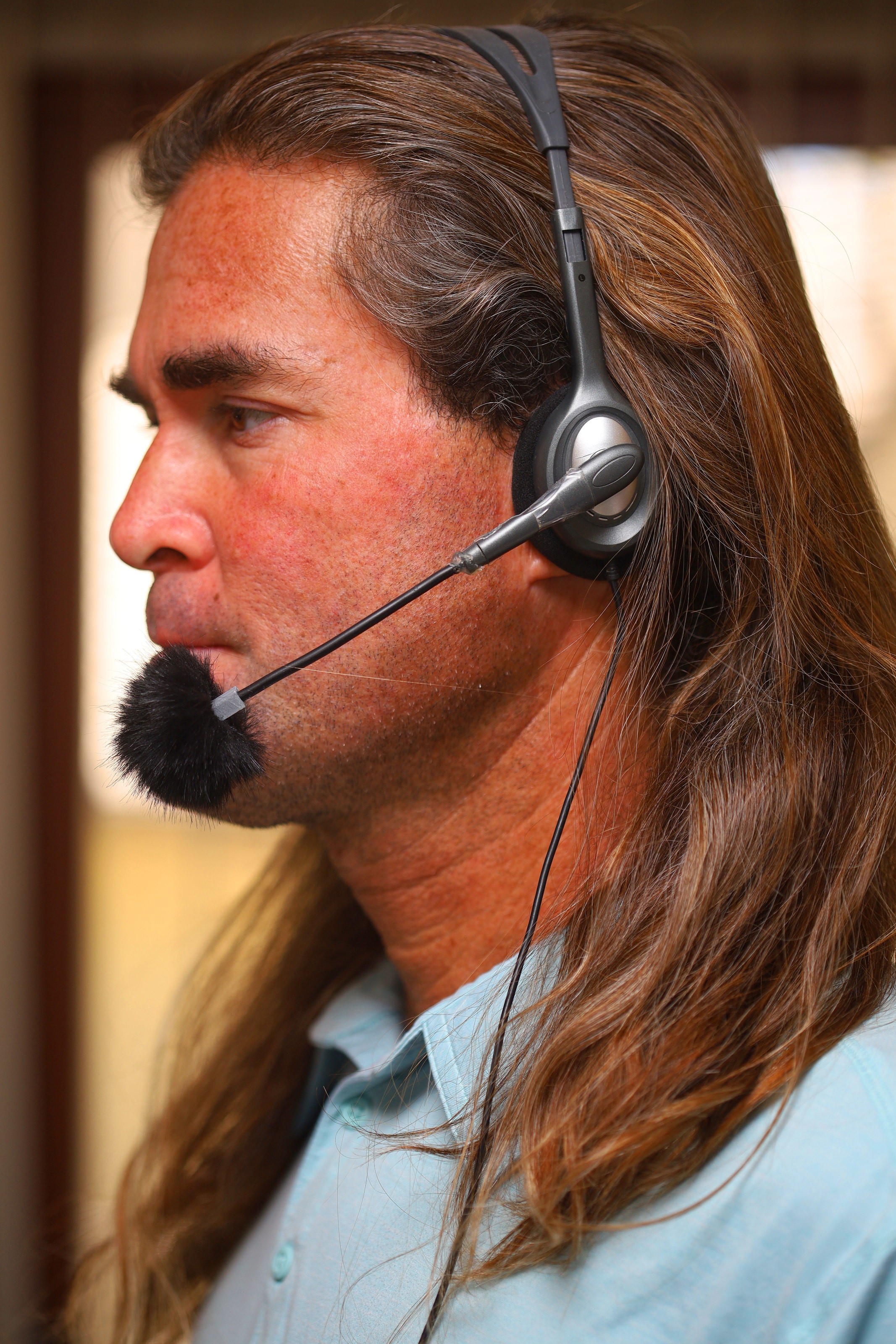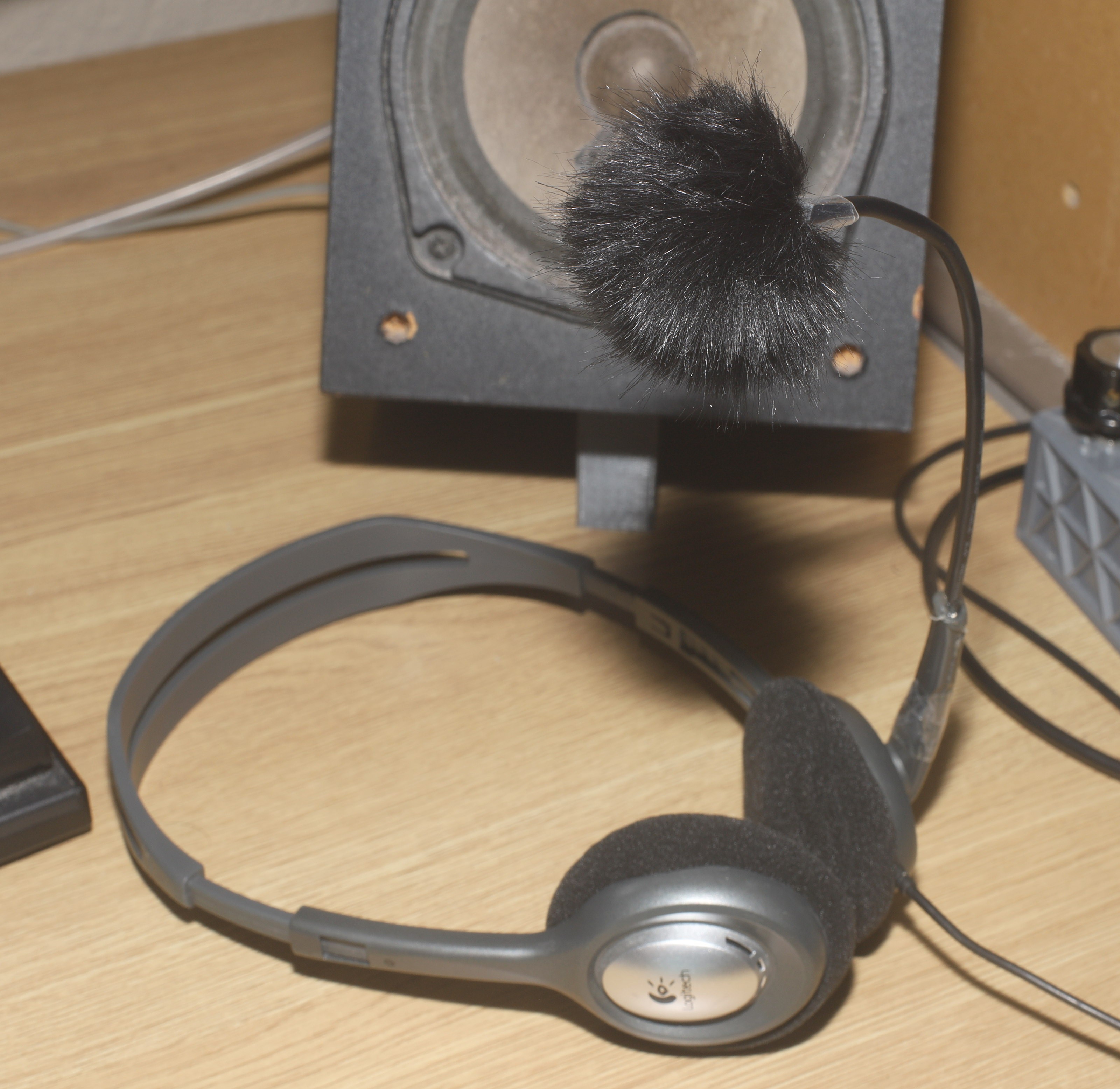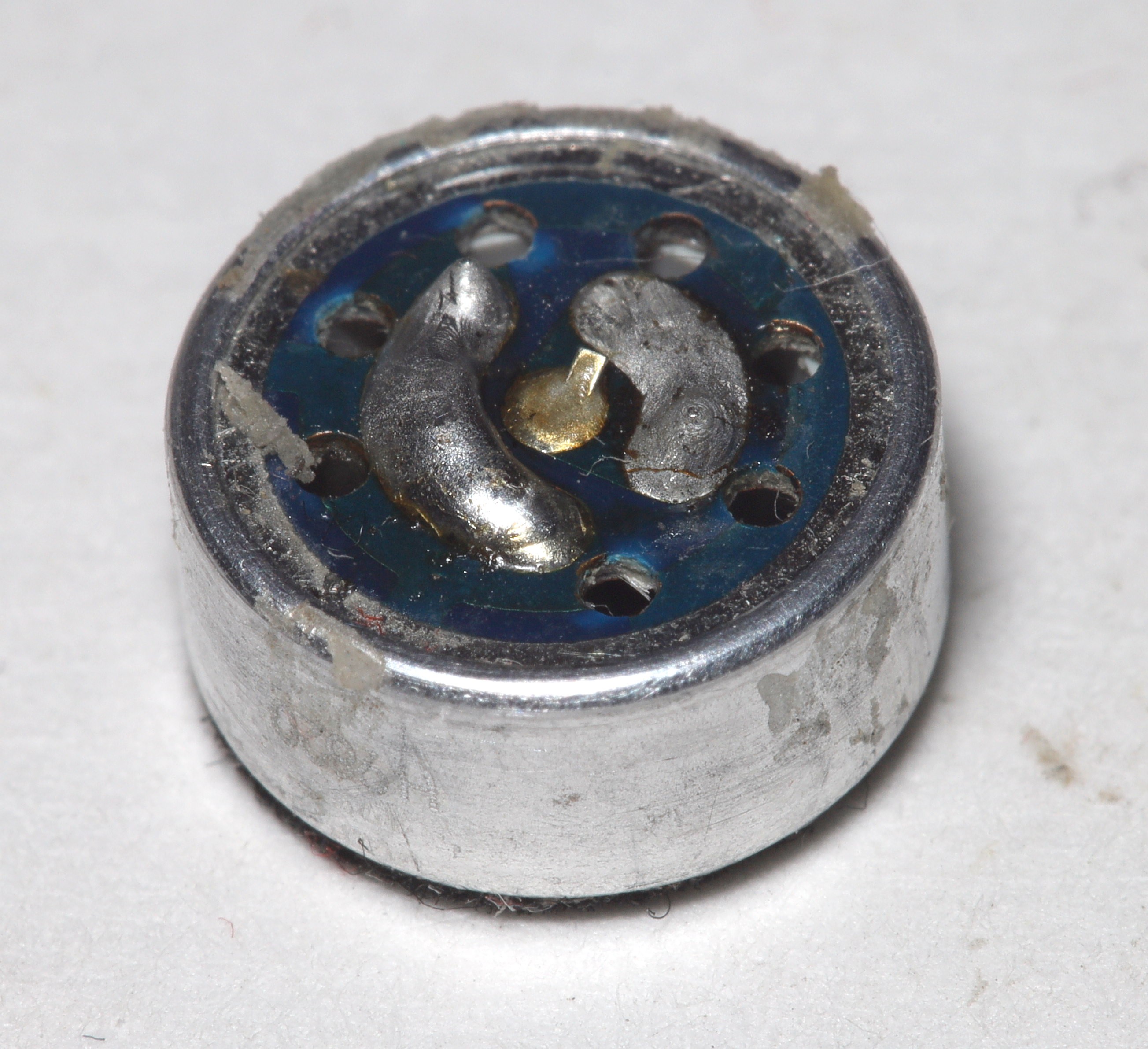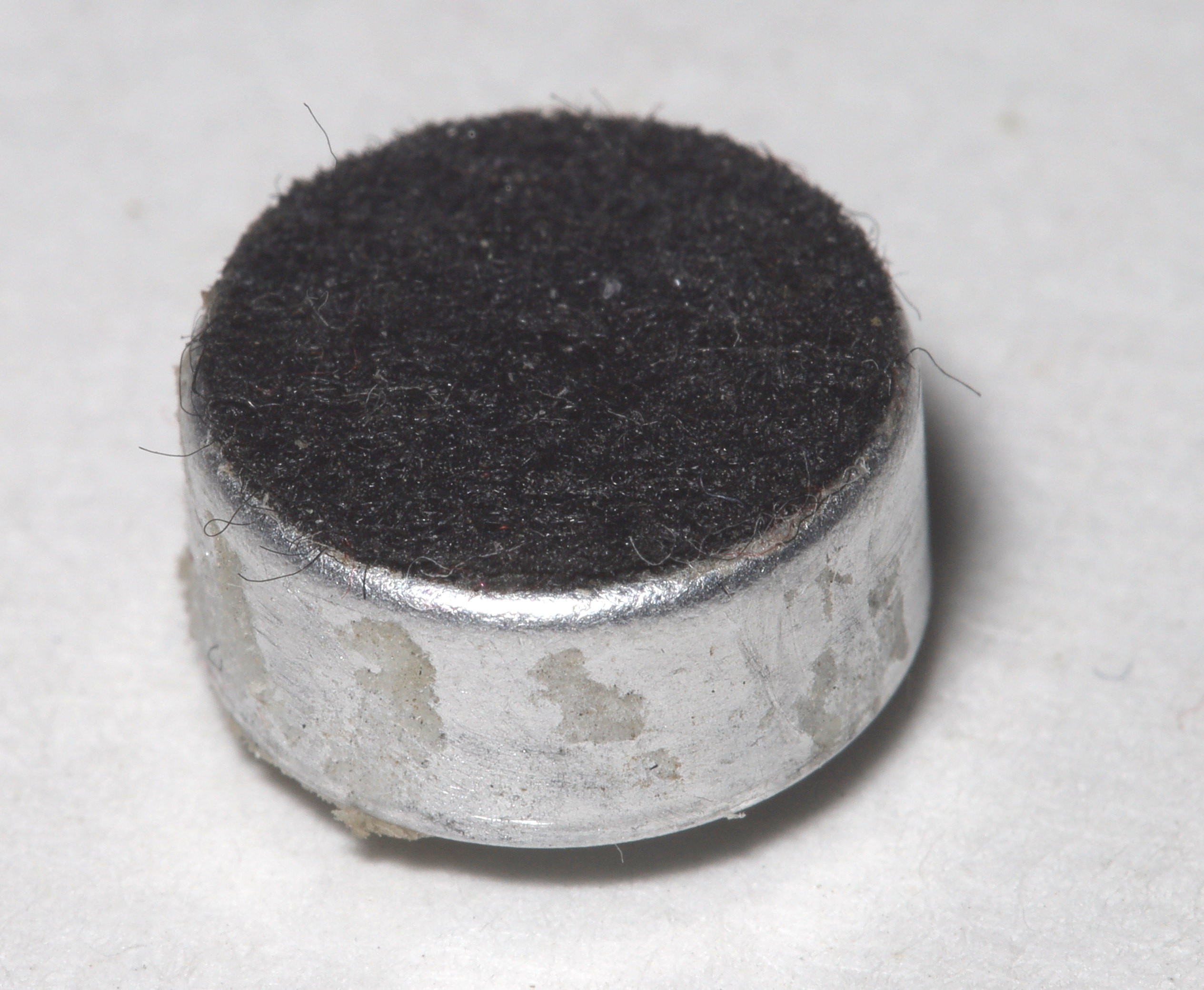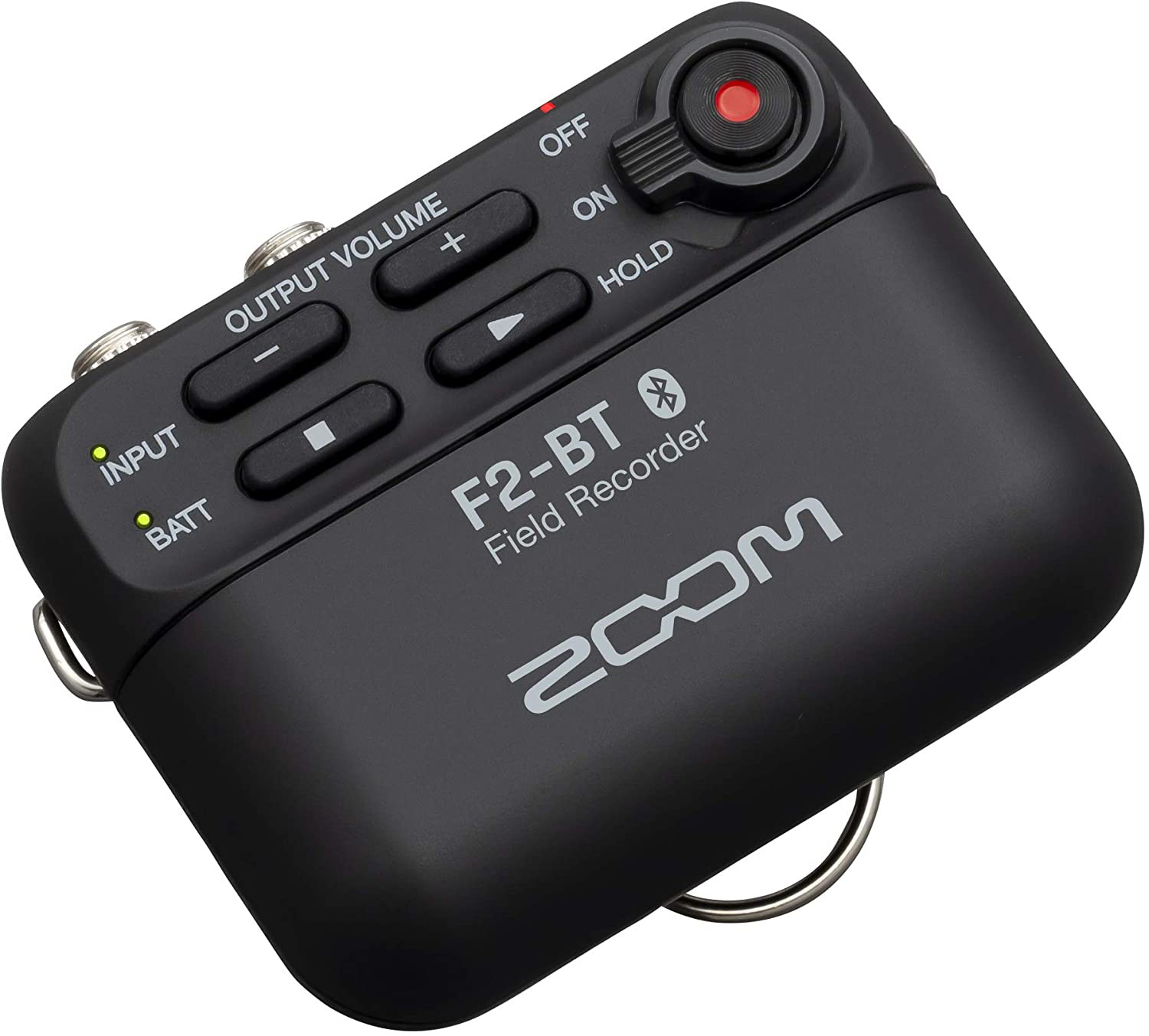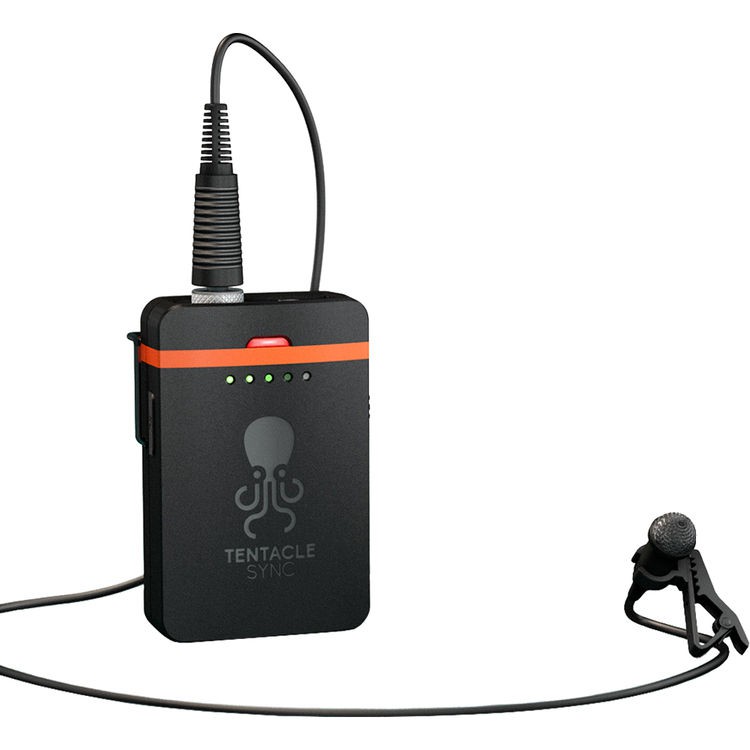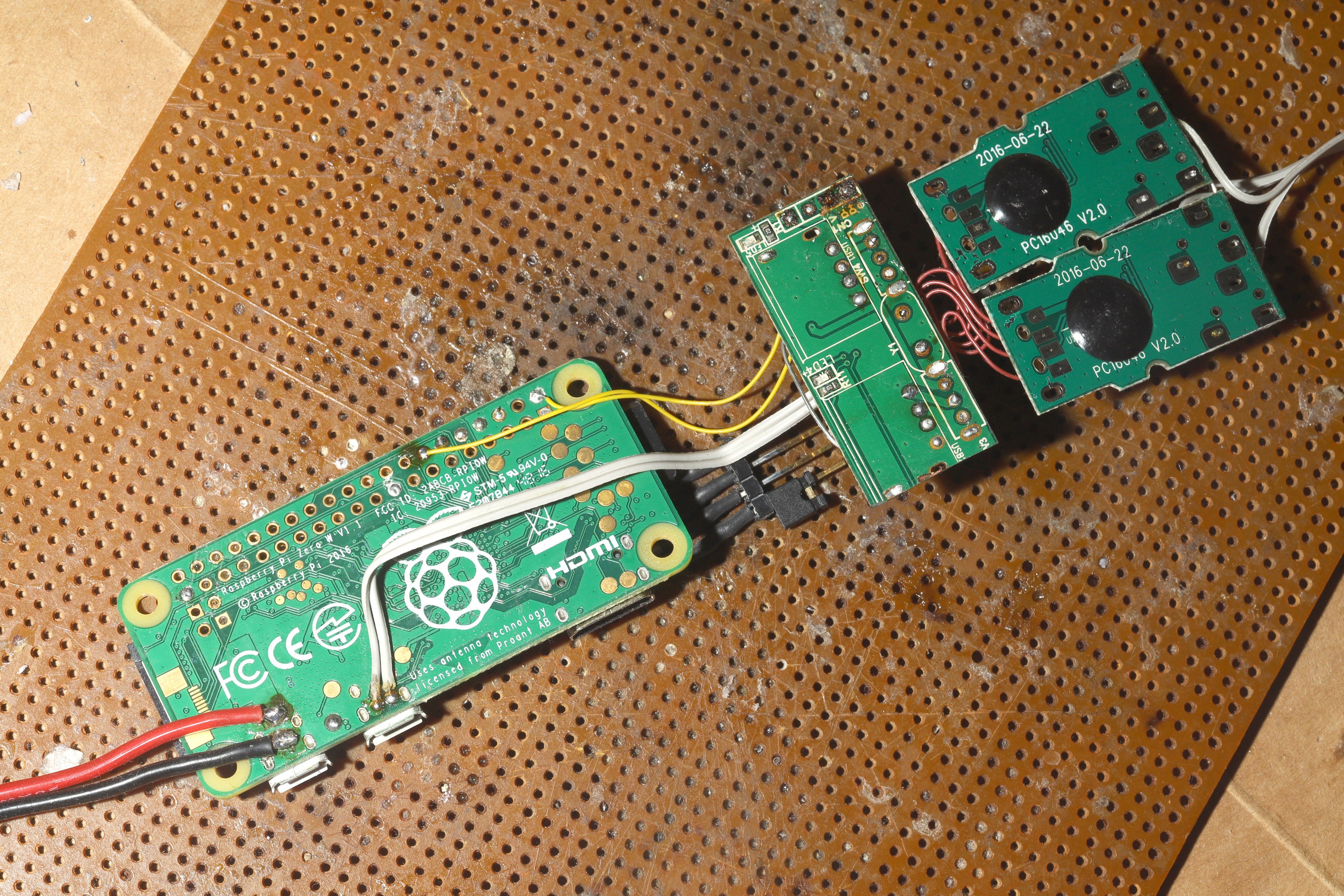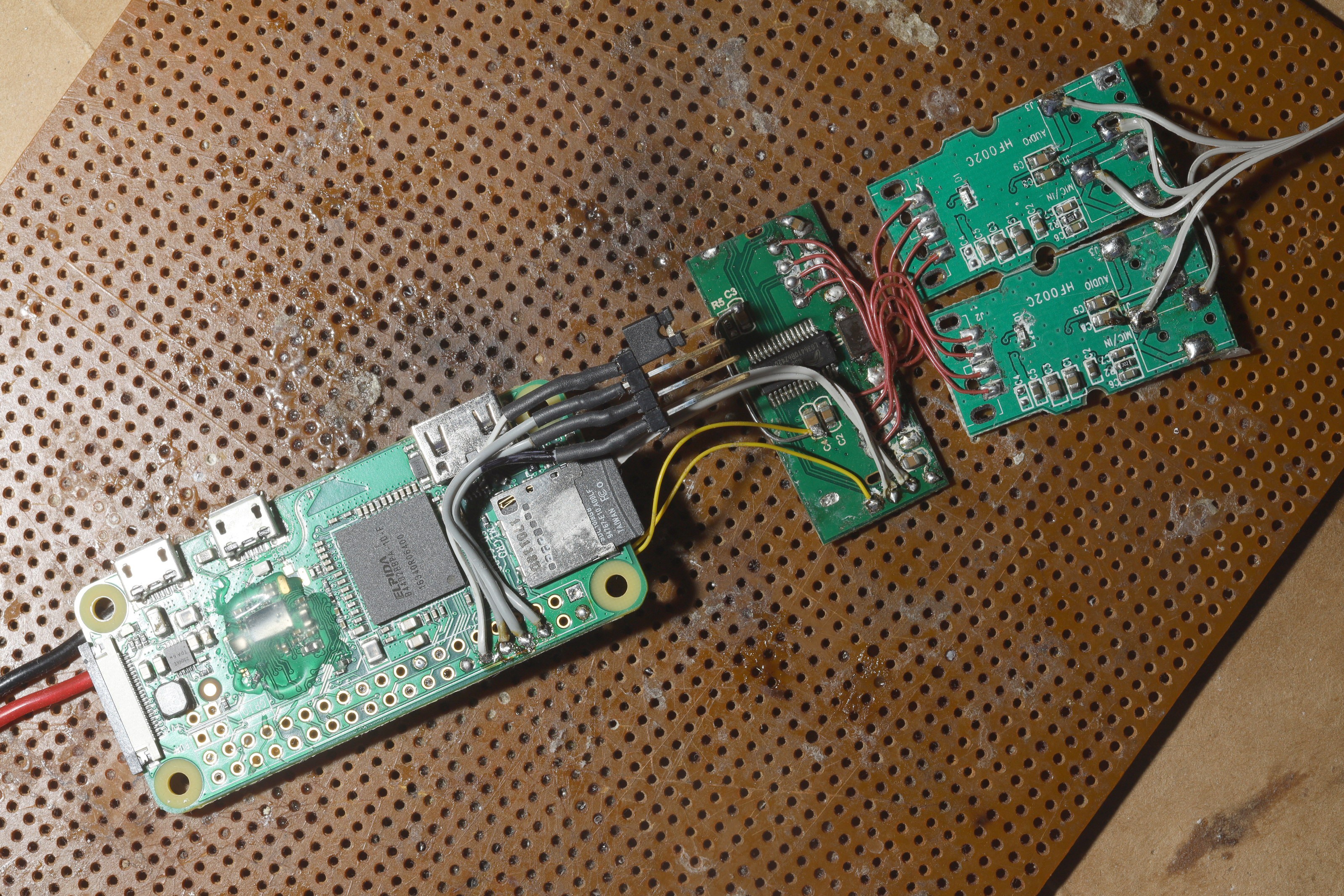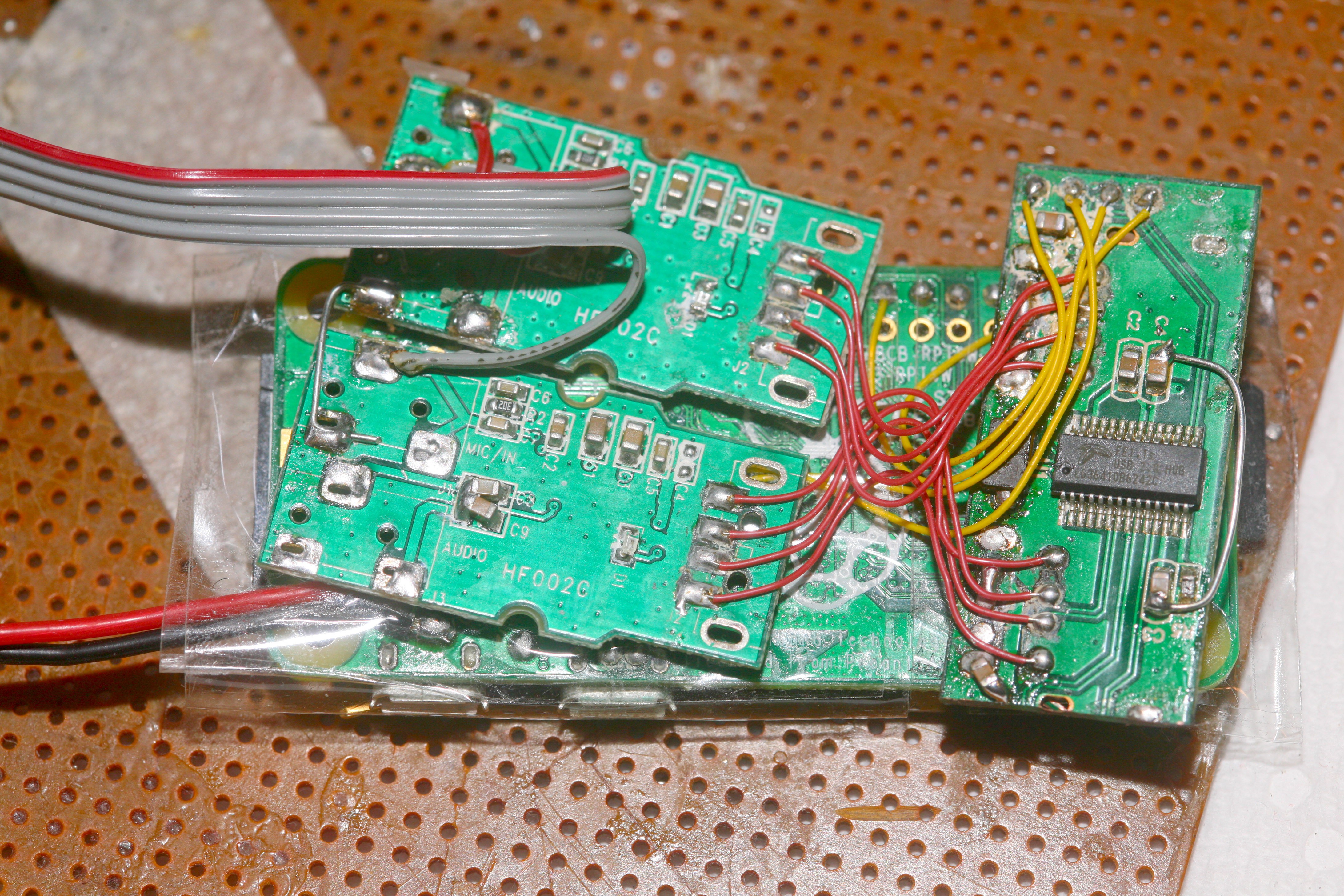-
Yapster death
09/02/2022 at 02:13 • 0 comments![]()
The 10 year old yapster's microphone finally died. It was strangely a broken ground to the microphone, somewhere in the cable & probably near the knot. Normally the thinner wire breaks.
![]()
Soldered into the speaker ground. Didn't do a good job insulating the solder joints but it worked.
![]()
The microphone arm is held on by a self tapper from the inside. Tightening the self tapper increases the friction. There's no spring or knurled surface. For animals wishing to add a microphone to normal headphones, it would entail something like this.
![]()
Using a directional microphone didn't work. It was too sensitive to wind. It has to be omnidirectional.
-
Microphone repositioned
06/18/2022 at 22:30 • 0 comments![]()
![]()
![]()
![]()
Having it right in front of the mouth created a lot of wind noise. Even the gold standard Rossguy videos have it on the side. The side position removed most but not all of the wind noise. It still didn't sound as good as Ross Guy.
![]()
It's way off to the side, yet sounds like a large diaphragm studio microphone. Every video contains a link to the DPA Microphones 4066, a $700 microphone which he says he got on ebay for nothing.
-
Headset amenities
02/03/2022 at 18:47 • 0 commentsThe headset got a dead cat & new ear pads.
Dead cat:
https://www.amazon.com/dp/B01E4ZMTEG
Ear pads:
https://www.amazon.com/dp/B08MLBSX41
![]()
![]()
Ear pads don't last long. The originals came in 2017. It may not be a decline in quality but the other stuff lasting a lot longer than it used to. Headphones in the 1980's died quickly from bad cables or got replaced by constantly improving designs. Headphones nowadays aren't getting replaced by better designs & are usually fixable.
The dead cat barely fit around the 10mm electret microphone. It's definitely not removable.
There was a test showing the dead cat making no difference in plosives, but the unidirectional microphone definitely has a professional studio sound.
The best solution for a bootlegging microphone has converged on the smallest electrets possible instead of the giant unidirectional ones, since it has to be clandestine, there isn't enough room to expose holes on the back, & they're not going to be close enough to get any proximity effect.
The next step for the last of the Zoom H2 microphones is a new enclosure for the DSLR with room for dead cats & holes in the back.
-
Microphone search
11/25/2021 at 23:37 • 0 commentsProcessing musical instrument output has shown the largest possible buffers to be necessary for recording audio on a raspberry pi. The fragment size for ALSA was stepped up to 256 samples & the total fragments to 3 for realtime monitoring. The mane need was to create a buffer of 30 minutes for writing to the SD card.
Helas, the 2 channel version needs a better clandestine microphone. It has 2 electret condensers from digikey from 20 years ago. These sounded marginally better than electret condensers from 30 years ago but nowhere close to a Zoom H2 from 15 years ago. The Zoom handy recorders use very special electret condensers that sound more like studio microphones. The trick seems to be holes in the back side. The holes make them unidirectional but also give them a bass response normal microphones don't have.
![]()
![]()
There's no part number & nothing on the internets matches. There is but 1 microphone which matches the dimensions & is unidirectional, the mighty CMI-5247TF-K.
https://www.digikey.com/en/products/detail/cui-devices/CMI-5247TF-K/1869988
It has 6 instead of 7 holes & doesn't claim as much bass. The bass in the Zoom H2 might just be proximity effect. The CMI was introduced in 2008, 1 year after the Zoom H2. It might have been exclusively for the Zoom H2 or this type of microphone didn't exist before the Zoom H2.
There's is a standalone microphone capsule for the Zoom H5, H6, H8. It costs as much as the entire H2 did & only has 2 microphones. Despite all the fuss about stereo recording, the lion kingdom only ever needed it once. In a clandestine mode, they may not sound as good because the back holes are going to be covered up & they won't have proximity effect.
Ross Guy showed some details about his setup.
It takes a long time for that guy to get set up to record his bike rides. The lion kingdom was surprised how painful it is despite much more expensive gear. He's cabled into the bike rather than having a wearable recorder. Of course, live streaming while recording is a new set of challenges.
-
New microphone, ALSA calls, & O_DIRECT
02/23/2021 at 05:26 • 0 commentsUsing molex connectors for headsets has proven disastrous. It may be they don't do well when they're frequently unplugged like audio connectors. The TRS connector was invented over 100 years ago for telephone switchboards. There was nothing special about the TRS connector's signal properties, so lions figured molex connectors would be more compact. The molex connectors have been prone to dirty contacts & bad connections.
There's nothing special about going back to a dual 3.5mm TRS connector for the microphone & speakers. It would just involve money. It would be bigger than the molex connector but not totally ruin the experience. Dual TRS would allow monitoring stereo on a headset without microphones.
There are other connectors besides molex, like SATA & USB.
The single channel vlog mic finally got ported away from jackd to its own ALSA mmap calls & the performance instantly improved. The latency got a lot lower & it was less prone to losing buffer synchronization. Jackd had a problem of too many buffer handovers above the basic ALSA mmap buffer & latency from its socket interface. Socket interfaces are so bad at latency, it's amazing audio software has gone exclusively to socket interfaces like pulseaudio & jackd. ALSA has long supported mixing multiple programs in the kernel, where it's not as prone to latency as a userspace mixer. Meanwhile, old programs like X11/Xorg/Xwayland long ago abandoned socket interfaces to get lower latency.
With direct ALSA mmap calls, the smallest buffer possible with the general pro's in full duplex mode dropped to 144 samples.
The microphone was upgraded to a microphone extracted from a Zoom H2. The sound quality was spectacular for an electret condenser, rivaling Tucker Gott's microphone. The Zoom recorders were definitely a high point in electret condensers. It's disappointing such good microphones aren't available from digikey.
Finally, the file I/O got moved to O_DIRECT to reduce dropouts.
Helas, the 1st vlog with this setup was a disaster. There were a lot of buffer overruns, so the ALSA buffer size has to be stepped back up. The wind noise was terrible. Only a few ramblings about lions were audible. The larger zoom microphone didn't allow as effective a wind screen. It was a stock wind screen that looked like Tucker Gott's.
The next question is if the stereo version can monitor by fusing the 2 cards in userspace & if the 2 versions can reboot each other.
-
Zoom F2, Tentacle Sync Track E
02/17/2021 at 20:33 • 0 comments![]()
![]()
Around 3 years after lions started developing the vlogging mic, the industry finally introduced the same concept at over 10x the price. The industry offerings don't have any software interface, just physical buttons & no VU meters. They're a bit bulkier, using TRS connectors & AA batteries.
The mane thing they started pushing was 32 bit floating point. They're recording on simultaneous ADC's with different gain levels & fusing the output much like an HDR photo. There's still a limit to dynamic range, imposed by the microphone's internal preamp & the bias voltage. Only 20 more years until Japanese camera makers finally discover 32 bit floating point.
The generalplus has only ever been useful at maximum gain, so 32 bit floating point wouldn't buy anything. A way to start recording & adjust headphone volume without a phone would be useful. Pairing the phone over wifi, firing up the browser, & worrying if wifi is leaking into the audio is extremely slow.
-
New enclosure
02/17/2021 at 06:27 • 0 comments![]()
![]()
![]()
The confuser was slightly rewired & wrapped up more thoroughly. Lions couldn't think of how a 3D printed enclosure would be any better than packing tape. It has to be as compact as possible. It's still going to go inside a good old arm band with a battery.
Lions measure the CPU temperature with /sys/devices/virtual/thermal/thermal_zone0/temp
It shows 51C when it's warmed up, even though it smells like magic smoke.
Molex connectors have been disappointing as audio connectors. Not sure why the ages old TRS connector does such a better job. It takes a lot of fiddling to get a good microphone connection out of a molex. This application doesn't have enough room for an XLR.
Discovered the UART RX has to be floating for it to boot up, otherwise it gets stuck in the bootloader. This is the opposite of the STM32 which needs UART RX to be grounded.
The lion kingdom has had growing disappointment with raspberry pi's as audio recorders. There's a lot to think about, to get them to boot, defeat wifi interference. There's a long startup time while waiting to see if they work or need another reboot. They always have buffer overruns. They take up a lot of space & burn 300mA, even in the zero W size. The wifi has never been as reliable as hoped. Transferring files is super slow.
There have been thoughts of going to a more expensive STM32, SD card, surplus LCD, audio codec chip, analog trimpots, USB file transfer, single record button, but lions just don't make enough recordings to go beyond the minimal raspberry pi.
-
Switching between mono & stereo
01/24/2021 at 08:45 • 0 commentsThe lion kingdom revisited this project after 3 years, to do single channel vlog recording again. Apparently, there was no way for jack to play back while recording from 2 soundcards, so that's why monitoring was dropped for recording stereo.
Using the same board as a voice recorder with monitoring & a stereo recorder without monitoring ended up requiring 2 different executables. To record a single channel with monitoring, you have to run jackd & then usbmic.c
/root/jack2-1.9.12/build/jackd -P70 -p16 -t2000 -dalsa -dhw:1 -p256 -n3 -r48000 -s &
/root/usbmic
This picks 1 of the 2 soundcards, as specified with the -dhw:1 option. Jackd handles the full duplex I/O in what was deemed to be a very efficient loop.
To record stereo from 2 soundcards without monitoring, you have to kill jackd & run usbmic2.c. Jackd was abandoned for stereo in favor of using raw alsa calls.
This requires a /root/.asoundrc file to merge the 2 soundcards.
root@raspberrypi:~# cat .asoundrc pcm.merge { type multi; slaves.a.pcm hw:1 slaves.a.channels 1; slaves.b.pcm hw:2 slaves.b.channels 1; bindings.0.slave a; bindings.0.channel 0; bindings.1.slave b; bindings.1.channel 0; } ctl.merge { type hw card 0 }It still may be possible to record stereo with monitoring, thereby allowing a single executable to be used for stereo & mono. Some ideas are directing playback to the virtual merged device instead of a single soundcard or using raw alsa calls for playback instead of jackd. Unfortunately, there's no reason to monitor stereo recordings. That mode wouldn't be used for vlogging.
-
Upgrading to stereo
08/28/2018 at 05:20 • 0 comments![]()
For a good time, record stereo using a raspberry pi, dual USB sound cards, & a tiny 2 port USB hub. The USB hub was made of a 4 port stick, ground down to 2 ports. Get alsa to fuse the 2 dongles into a single virtual device with a new .asoundrc file. The 2 dongles are hw:1 & hw:2.
pcm.merge { type multi; slaves.a.pcm hw:1 slaves.a.channels 1; slaves.b.pcm hw:2 slaves.b.channels 1; bindings.0.slave a; bindings.0.channel 0; bindings.1.slave b; bindings.1.channel 0; } ctl.merge { type hw card 0 }Get jackd to record from the virtual device by passing the -Cmerge option after the -dalsa option.
/root/jack2-1.9.12/build/jackd -P70 -p16 -t2000 -dalsa -Cmerge -p256 -n3 -r48000 -s &
jackd also accepts a -P option after the -dalsa option which is supposed to redirect playback to either of the 2 dongles, but this causes it to crash.
/root/jack2-1.9.12/build/jackd -P70 -p16 -t2000 -dalsa -Phw:1 -Cmerge -p256 -n3 -r48000 -s &
So there is no monitoring when recording from 2 cards. The executable which does the magic is https://cdn.hackaday.io/files/284961219172864/usbmic2.c
Portable stereo recording is not as easy as it was 30 years ago. The Zoom products are not as compact as a vintage recording walkman. Dongle sized sound cards only record a single channel.
The lion kingdom briefly owned a Marantz PMD-430 costing $500. It fluttered but with a belt replacement & the best tape formulation was probably better than minidisc. The lion kingdom didn't know about belt replacement & was told anything was better than tape, so traded it for minidisc, which led to years of bad lasers, cracked gears, & ATRAC artifacts.
The same Marantz still shows up on ebay for much lower prices, but there's absolutely no point in a professional tape recorder now. The raspberry pi is very slow when recording 2 soundcards, the SD card is prone to corruption, but it has wifi monitoring & 7 hours of storage.
The ultimate vlogging mic
Recording the best headset audio in a portable form factor
 lion mclionhead
lion mclionhead